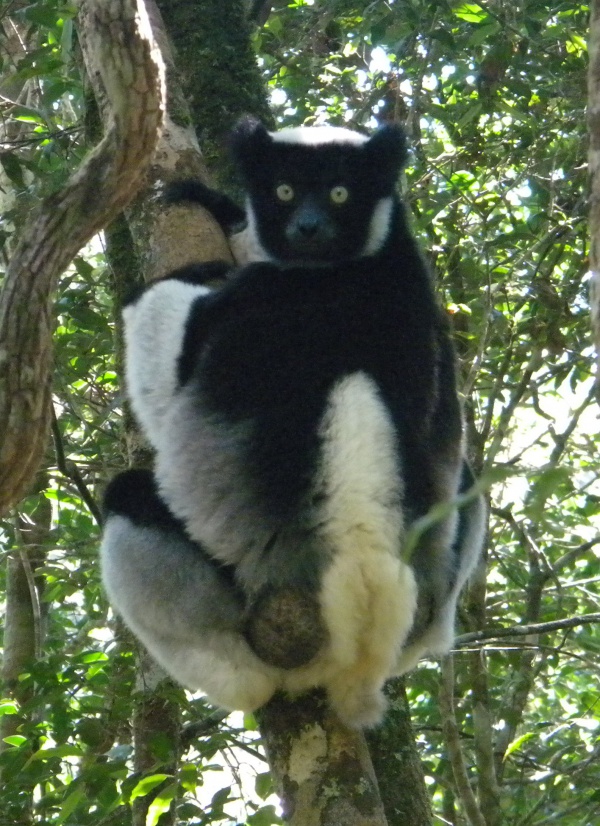Facts About Indri
The indri, also known as the babakoto, is a captivating large lemur endemic to Madagascar. With its distinctive black and white coat and upright posture, the indri is a striking presence in the animal kingdom. These lemurs live in small family groups and are known for their monogamous relationships. They thrive on a herbivorous diet, feeding on leaves, seeds, fruits, and flowers, and are diurnal by nature. The indri's closest relatives are the sifakas, another lemur genus.
Regrettably, the indri faces severe threats. Habitat destruction, fragmentation, and hunting have pushed this species to the brink of extinction, resulting in its classification as "critically endangered."
The name "indri" is believed to derive from the Malagasy word "endrina." These lemurs are notable for their large size and their vertical leaping ability in the trees. Their unique black and white coloration makes them easily identifiable. Indris exhibit long-term monogamy, with a dominant female leading the group. They reproduce every two to three years, with the mother primarily responsible for caring for the offspring.
Communication among indris is fascinating. They use loud, distinctive songs to communicate with each other. Their diet is varied but primarily consists of leaves, making them folivorous. Indris inhabit both lowland and montane forests along Madagascar's eastern coast.
In Malagasy mythology, the indri holds a sacred status and is often featured in origin stories that emphasize its close relationship with humans. Despite this cultural reverence, the indri faces significant conservation challenges. Habitat loss, hunting, and cultural erosion continue to threaten their survival. Conservation efforts are crucial to protect this unique species and ensure its continued existence in the wild.
